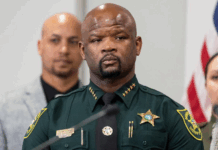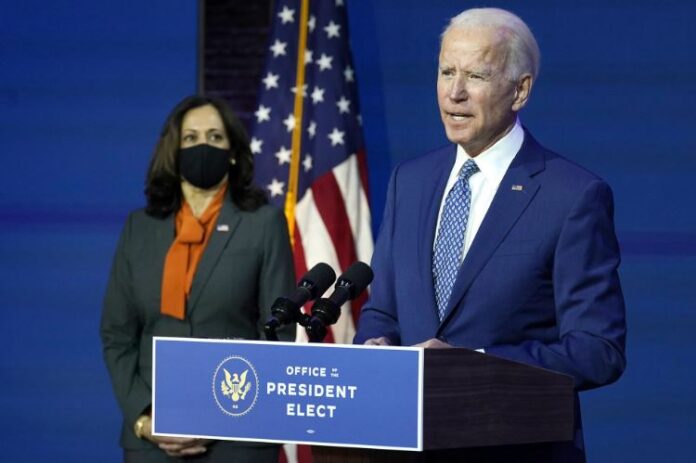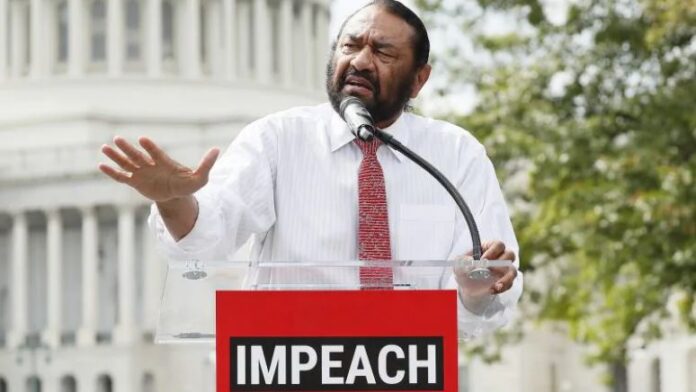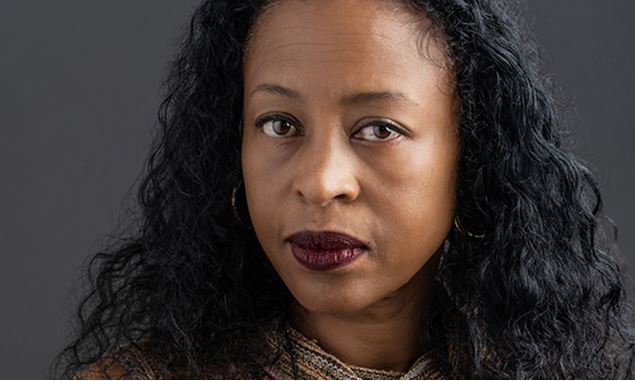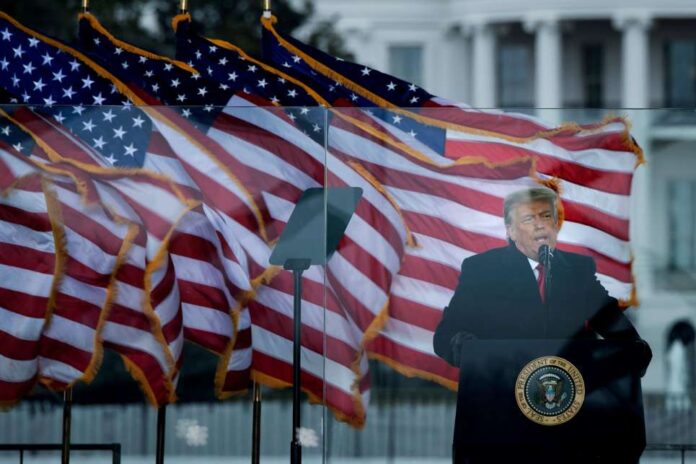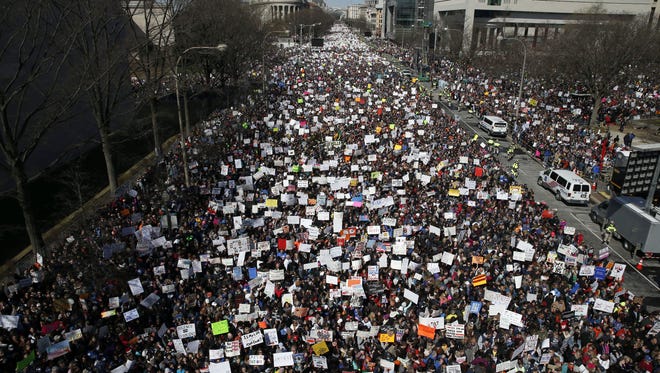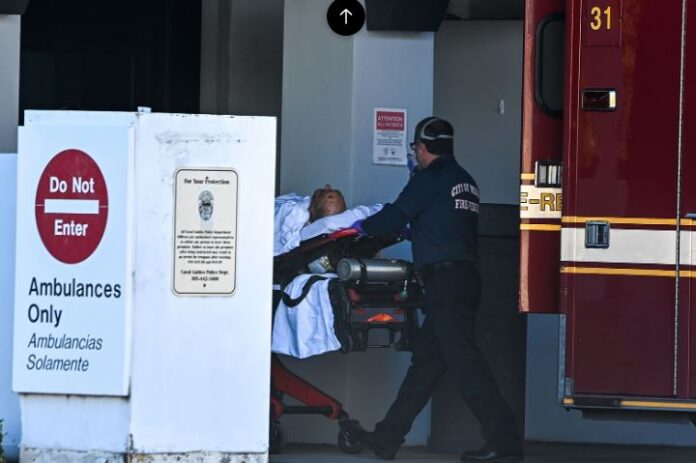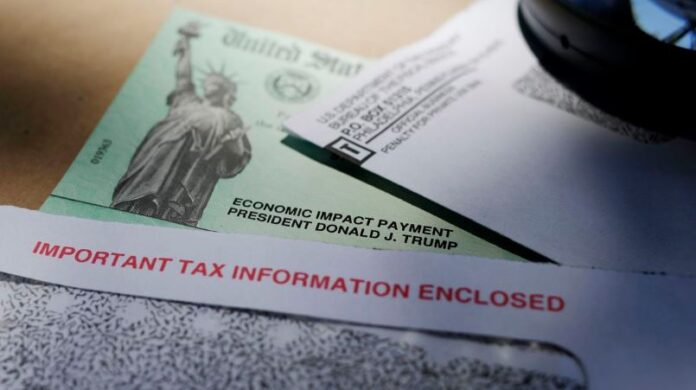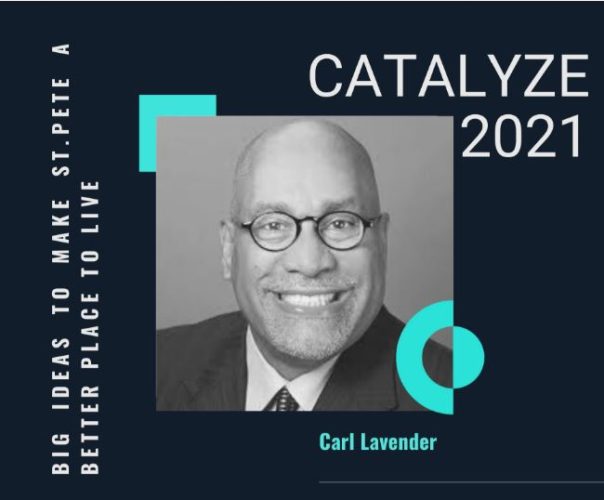Published January 6, 2020 by CNN
(CNN)Police are clearing supporters of President Donald Trump from the US Capitol after they breached one of the most iconic American buildings, engulfing the nation’s capital in chaos after Trump urged his supporters to fight against the ceremonial counting of the electoral votes that confirmed President-elect Joe Biden’s win.
Shortly after 1 p.m. ET hundreds of pro-Trump protesters pushed through barriers set up along the perimeter of the Capitol, where they tussled with officers in full riot gear, some calling the officers “traitors” for doing their jobs. About 90 minutes later, police said demonstrators got into the building and the doors to the House and Senate were being locked. Shortly after, the House floor was evacuated by police.
An armed standoff was taking place at the House front door as of 3 p.m. ET, and police officers had their guns drawn at someone who is trying to breach it. A Trump supporter was also pictured standing at the Senate dais.
The Senate floor was cleared of rioters as of 3:30 p.m. ET, and an officer told CNN that they have successfully squeezed them away from the Senate wing of the building and towards the Rotunda, and they are removing them out of the East and West doors of the Capitol.
A woman is in critical condition after being shot in the chest on the Capitol grounds, according to two sources familiar with the matter. The sources could not provide further details on the circumstances of the shooting. Multiple officers have been injured with at least one transported to the hospital, multiple sources tell CNN.
It’s not clear if any of the individuals have been taken into custody.
Vice President Mike Pence was also evacuated from Capitol, where he was to perform his role in the counting of electoral votes.
Video from inside the Capitol showed Trump supporters marching through Statuary Hall. The US Capitol Police is asking for additional law enforcement for assistance, including federal authorities, per a source familiar. The source says there are several suspicious devices outside the Capitol building.
Trump has directed the National Guard to Washington along with “other federal protective services,” according to White House press secretary Kayleigh McEnany.
The entire DC National Guard has been activated by the Department of Defense following a pro-Trump mob breaching the United States Capitol.
“The D.C. Guard has been mobilized to provide support to federal law enforcement in the District,” said Jonathan Hoffman, the chief Pentagon spokesman. “Acting Secretary Miller has been in contact with Congressional leadership, and Secretary McCarthy has been working with the D.C. government. The law enforcement response will be led by the Department of Justice.
“The Department of Defense had earlier received a request from the US Capitol Police for additional DC National Guard forces but a decision has not been made, according to a senior defense official.
The official said DC National Guard was not anticipating to be used to protect federal facilities, and the Trump administration had decided earlier this week that would be the task of civilian law enforcement, the official said.
The shocking scene was met with less police force than many of the Black Lives Matter protests that rolled across the country in the wake of George Floyd’s killing at the hands of Minneapolis police officers last year. While federal police attacked peaceful protesters in Lafayette Square outside the White House over the summer, clearing the way for Trump to take a photo in front of a nearby church at the time, protesters on Wednesday were able to overrun Capitol police and infiltrate the country’s legislative chambers.
House and Senate leadership is safe and in an undisclosed locations, according to a person familiar. A separate lawmaker said House members have been evacuated to a location that this source would not disclose.
The US Capitol Police are working to secure the second floor of the Capitol first, and will then expand from there. Outside the Capitol, the DC Metropolitan Police Department continues to mass, but no major move has been made yet toward the crowd.
The Capitol police officer in the House chamber told lawmakers that they may need to duck under their chairs and informed lawmakers that protesters were in the building’s Rotunda. Lots of House members were seen wearing gas masks as they move between Capitol buildings. Members were calling family to say they are OK.
While the White House refused to comment on the protests, Trump said on Twitter, “Please support our Capitol Police and Law Enforcement. They are truly on the side of our Country. Stay peaceful!”Others inside the President’s orbit tweeted their calls for calm as the mob repeatedly attempted to take over the building.
Donald Trump Jr., the President’s son, said that his supporters who mobbed the Capitol were “wrong and not who we are.”
“Be peaceful and use your 1st Amendment rights, but don’t start acting like the other side. We have a country to save and this doesn’t help anyone,” he tweeted.
The protesters have breached exterior security barriers, and video footage shows protesters gathering and some clashing with police near the Capitol building. CNN’s team on the ground saw a number of protesters trying to go up the side of the Capitol building. Several loud flash bangs have been heard.
Protesters could be seen pushing against metal fences and police using the fences to push protesters back, while other officers reached over the top to club people trying to cross their lines.
Flash bangs could be heard near the steps of the Capitol as smoke filled the air. In some instances officers could be seen deploying pepper spray. Tear gas has been deployed, but it’s not clear whether by protesters or police, and people wiped tears from their eyes while coughing.
Washington Mayor Muriel Bowser just announced a citywide curfew from 6 p.m. ET on Wednesday until 6 a.m. ET Thursday.
Federal and local law enforcement are responding to reports of possible pipe bombs in multiple locations in Washington DC, according to a federal law enforcement official. It’s unclear if the devices are real or a hoax, but they’re being treated as real.
A pipe bomb was found at the Republican National Committee’s headquarters earlier Wednesday, an RNC official told CNN. The device was found on the ground outside, along the wall of the headquarters. It was safely detonated by the police, the RNC official said.
The Democratic National Committee was also evacuated after a suspicious package was being investigated nearby, a Democratic source familiar with the matter told CNN. The party had preemptively closed the building ahead of the protests, the source said, but a few security and essential personnel were evacuated.
This is a breaking story and will be updated.
CNN’s Pamela Brown, Phil Mattingly, and Daniela Diaz contributed to this report.
Subscribe to our newsletter!


